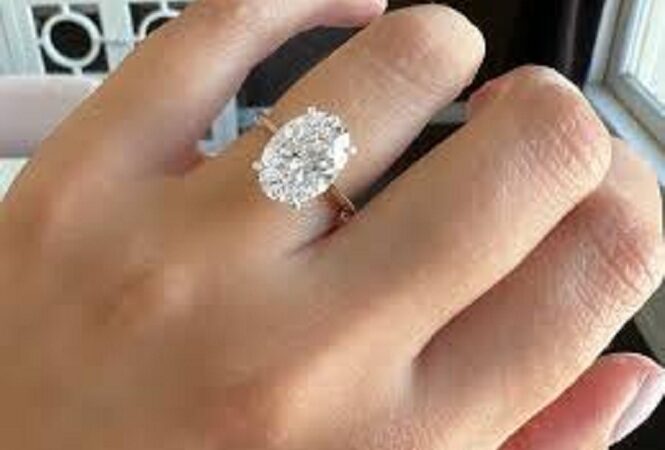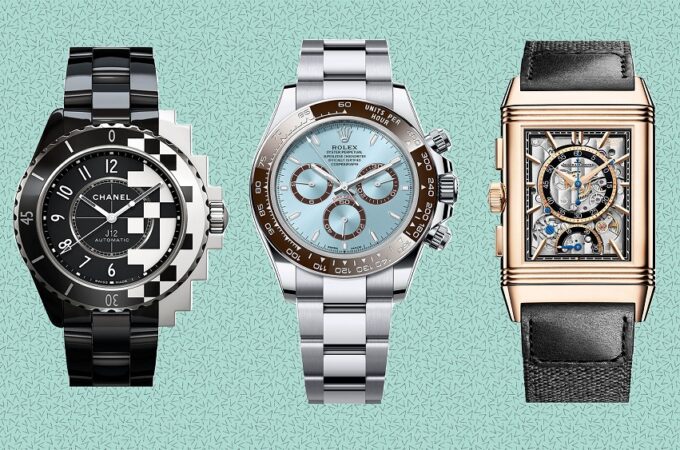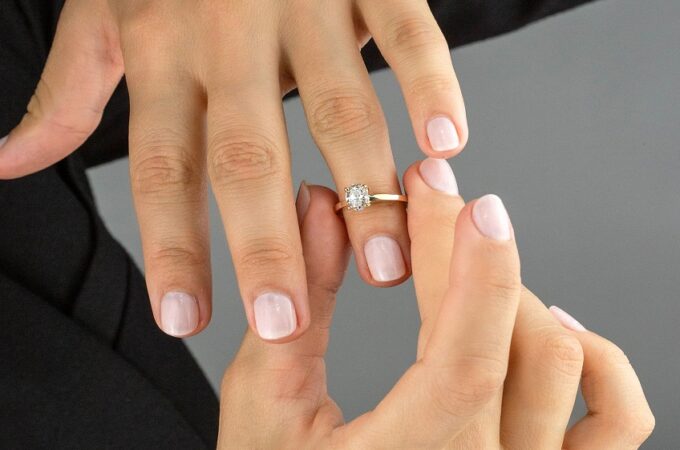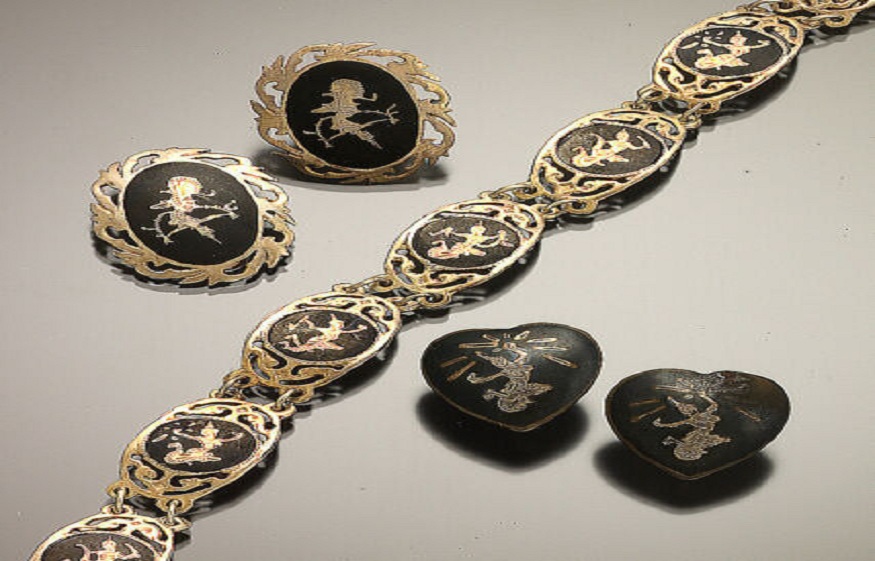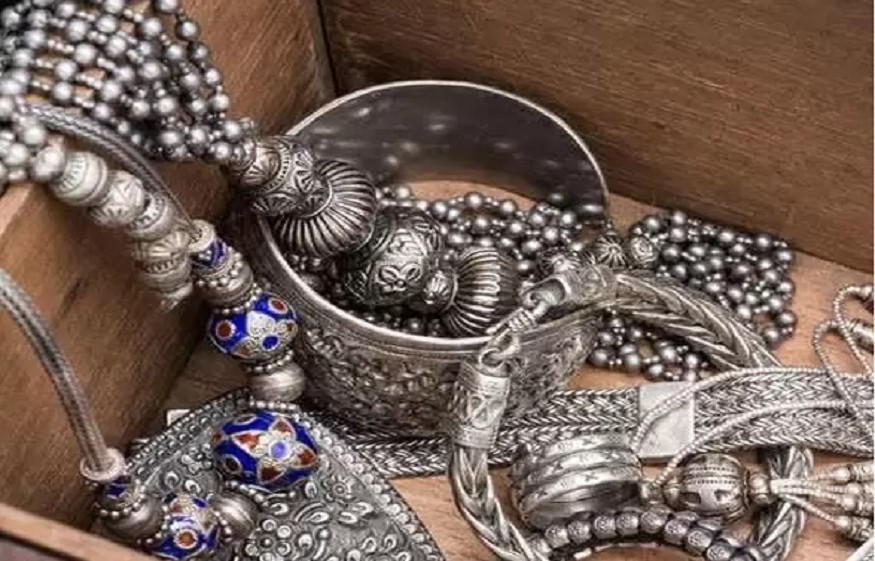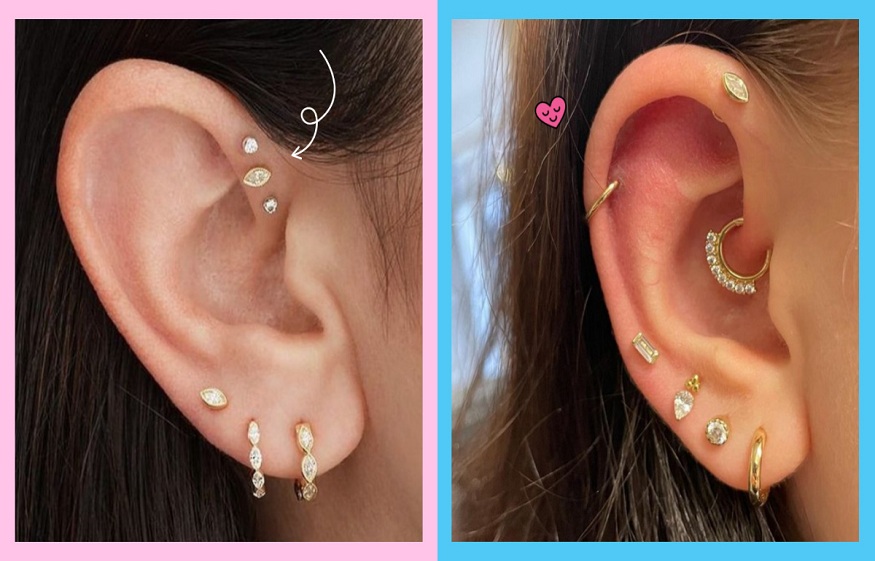
Guide on how to choose ear piercings
Ear piercings are a popular and timeless way of expressing oneself through body modification.
However, with so many types of ear piercings available, it can be overwhelming to decide which one to choose.
Whether you are getting your first ear piercing or adding to your collection, this guide will help you choose the right earrings in Singapore for your style, comfort, and overall satisfaction.
1. Consider your style
Before you choose an ear piercing, it’s important to consider your personal style. Do you prefer a classic and understated look or something more bold and trendy?
Do you usually wear statement gold jewelry or keep it simple? Answering these questions can help you narrow down the type of ear piercing that would best suit your style?
For example, if you prefer a more classic look, you might want to consider a lobe piercing or a cartilage piercing in a simple stud or hoop.
On the other hand, if you like to make a statement with your jewelry, you might consider a daith piercing with a unique piece of jewelry, such as a dainty hoop or a statement piece.
2. Research the different types of ear piercings
There are many different types of ear piercings to choose from, each with their own unique placement and style. Some popular ear piercings include:
- Lobe Piercing: This is the most common type of ear piercing and is typically done on the fleshy part of the earlobe. It is also the most beginner-friendly and can be easily accessorized with a variety of jewelry styles.
- Helix Piercing: This type of piercing is done on the upper cartilage of the ear. It can be done in a variety of placements, such as the forward helix, double helix, or triple helix. It can also be accessorized with studs, hoops, or chains.
- Tragus Piercing: This piercing is done on the small piece of cartilage that covers the ear canal. It is typically done with a small stud or hoop and can be a great choice for those looking for a subtle yet unique piercing.
- Conch Piercing: This piercing is done on the inner cartilage of the ear and can be done in either the inner or outer conch. It can be accessorized with hoops or studs and can be a great choice for those looking for a more noticeable piercing.
- Rook Piercing: This piercing is done on the anti-helix, the ridge of cartilage located above the tragus. It can be accessorized with a variety of jewelry styles, such as curved barbells or small hoops.
- Daith Piercing: This piercing is done on the innermost cartilage fold of the ear. It can be a great choice for those looking for a unique piercing that is not as commonly seen.
3. Consider your pain tolerance
gold rings design can range in pain level depending on the type of piercing and individual pain tolerance.
It’s important to consider your pain tolerance before choosing a piercing, especially if it’s your first time getting pierced.
If you have a low pain tolerance, you may want to start with a lobe piercing, which is typically the least painful.
If you have a higher pain tolerance, you might consider a cartilage piercing or a daith piercing, which can be more painful but offer a unique look.
4. Choose a reputable piercer
When choosing a piercer, it’s important to choose a reputable and experienced professional. Look for a piercer who is licensed and has a clean and sterile working environment.
You can also ask for recommendations from friends or read online reviews to find a piercer who has a good reputation in your area. It’s important to choose a piercer who makes you feel comfortable and confident in their abilities.
Consider the Placement
The placement of your ear piercing is also an important consideration. Different piercings can be placed in different areas of the ear, and each placement can create a unique look.
For example, a helix piercing is placed on the upper ear cartilage and can be either a single or multiple piercings. A daith piercing is located in the innermost fold of the ear cartilage and is said to have therapeutic benefits for those who suffer from migraines.
Consider the Jewelry
The type of jewelry you want to wear in your ear piercing is another important consideration. Different types of jewelry can be worn in different types of piercings.
For example, a simple stud is the most common type of jewelry for an earlobe piercing. For a cartilage piercing, you might consider a hoop or a barbell. If you want a more unique look, you might consider a dangling earring or an ear cuff.
Consider the Long-Term Commitment
It’s important to consider the long-term commitment involved in getting an ear piercing. Some piercings can close up quickly if you don’t wear jewelry in them regularly.
Earlobe piercings are typically the easiest to maintain because they are less likely to close up quickly. Cartilage piercings, on the other hand, require more maintenance to ensure that the piercing doesn’t close up.
Consider Your Job or Lifestyle
Finally, you should consider your job or lifestyle when choosing an ear piercing. Some employers have strict dress codes that may prohibit certain types of piercings.
If you lead an active lifestyle, you should also consider how your ear piercing might impact your activities. For example, if you play contact sports, a cartilage piercing might not be the best choice because it can be easily bumped or knocked out.
Consider the healing time
The healing time for an ear piercing can vary depending on the type of piercing and the individual’s healing process.
Some piercings, like the lobe, may heal in a few weeks, while others, like the cartilage piercings, may take several months to heal.
Consider how much time you have to commit to aftercare and the potential risks associated with the healing process.
Take care of your piercing
Once you have chosen your ear piercing, make sure to take care of it properly to ensure proper healing and minimize the risk of infection.
Follow the aftercare instructions provided by your piercer and avoid touching or twisting the jewelry.
Clean the piercing regularly with a saline solution and avoid swimming or submerging the piercing in water until it has fully healed.
Conclusion
Choosing an ear piercing is a personal decision that should be based on your personal style, pain tolerance, healing time, placement, jewelry preferences, long-term commitment, and lifestyle.
By considering these factors, you can choose an ear piercing that complements your unique style and enhances your overall appearance.
It’s also important to choose a reputable piercer who uses proper sterilization techniques to ensure that your piercing is safe and hygienic.

